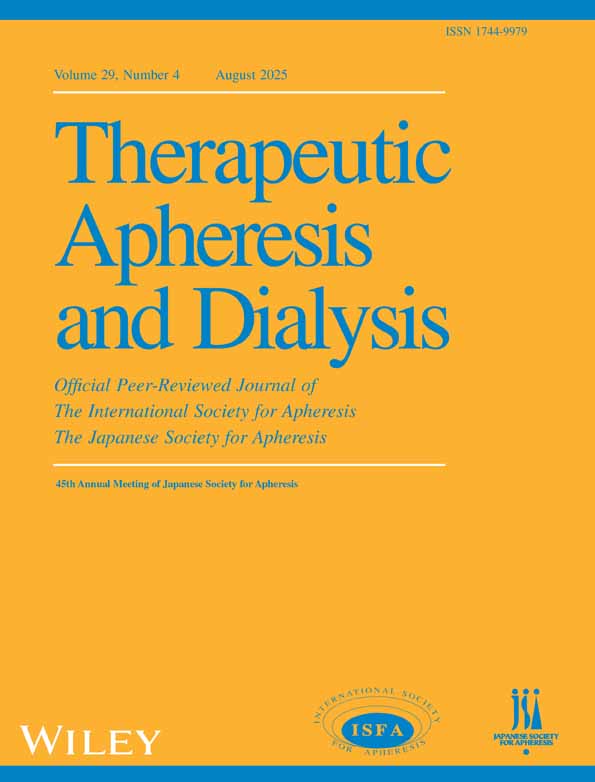Influence of Huaiqihuang granule on peritoneal fibrosis induced by peritoneal dialysis: A study based on rat model
Abstract
Introduction
To investigate the role of Huaiqihuang granule in the inhibition and immune regulation of peritoneal fibrosis in peritoneal dialysis rats.
Methods
Peritoneal fibrosis rat models were established and subsequently assigned to five groups: a normal group (Group A); a model group (Group B); a low-concentration treatment group (Group C); a medium-concentration treatment group (Group D); and a high-concentration treatment group (Group E). The normal rats served as the control group (Group A). All rats underwent intragastric administration of Huaiqihuang granules for a duration of 21 days.
Results
Peritoneal histopathological staining showed that group B rats had the highest degree of peritoneal fibrosis. In the intervention group, the degree of peritoneal fibrosis decreased with the increase of concentration of Huaiqihuang granule with a significant difference (p <0.05). Immunohistochemical analysis showed that the expression of TGF-β1, TNF-α, and α-SMA in rat peritoneal tissue was higher in group B than in group E (p< 0.05). Polymerase Chain Reaction (PCR) detection of mRNA expression of TGF-1 and fibronectin in rat peritoneal tissues: group B>group C>group D>group E>group A (p<0.05). The macrophage phagocytosis function, the levels of CD3+, CD4+, CD8+ T cells, and the CD4+/CD8+ ratio in peripheral blood were lowest in group B compared to groups C, D, and E (p < 0.05). In contrast, the levels of IL-2, IL-6, TGF-β1, and TNF-α were highest in group B (p < 0.05).
Conclusion
It is speculated that Huaiqihuang granule may be used clinically as effective drugs to improve peritoneal fibrosis and regulate immune function in peritoneal dialysis patients.
CONFLICT OF INTEREST STATEMENT
The authors declare that they have no competing interests.




